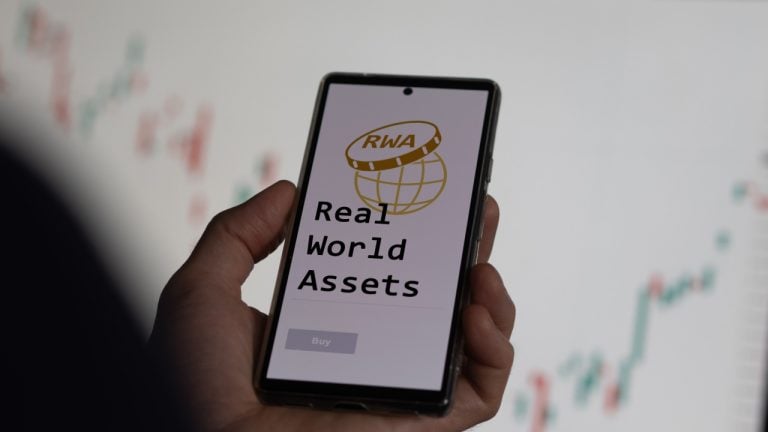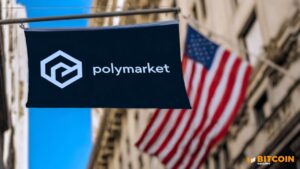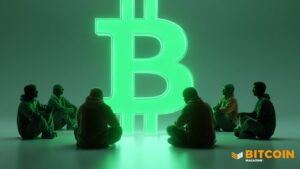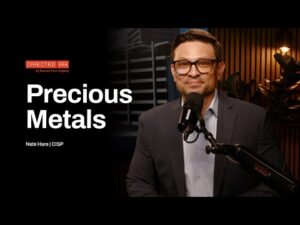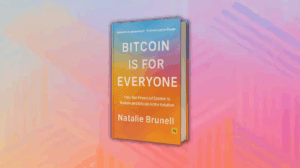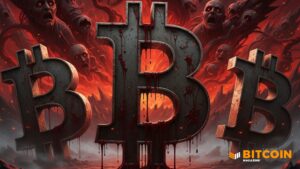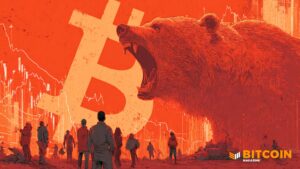The Advantages of Tokenized Real-World Assets
According to Zaid Ismail, the COO of Mintlayer, tokenized real-world assets (RWA) have distinct advantages over traditional exchange-traded funds (ETFs). Unlike ETFs, tokenized RWAs allow for trading around the clock, providing enhanced liquidity and global accessibility. These blockchain-based digital tokens also offer real-time transactions, increased transparency, reduced costs, and direct ownership. Ismail believes that these features make tokenized RWAs a more versatile and appealing choice for investors looking to diversify their portfolios.
The Importance of Regulation and Institutional Adoption
While tokenized RWAs may seem superior to ETFs, their future success depends on global regulatory collaboration and the standardization of rules governing these assets. Ismail also emphasizes the significance of traditional financial institutions embracing this innovative approach to handling valuable assets. The involvement of these institutions and their cooperation with regulators will play a vital role in the widespread adoption of tokenized RWAs.
Creating Decentralized Finance Apps on the Bitcoin Network
In an interview with Bitcoin.com News, Zaid Ismail explains why developers should consider building decentralized finance (defi) applications on the Bitcoin network. Despite the perception that Bitcoin lacks defi capabilities, Ismail believes that the platform's liquidity, market share, and decentralization make it an attractive choice for developers. By leveraging Bitcoin's security, trust, and substantial liquidity pool, developers can tap into a large user base and create state-of-the-art defi applications.
Overcoming Blockchain Challenges with Layer 2 Solutions
Zaid Ismail acknowledges the challenges faced by blockchain infrastructure, such as network congestion, high transaction fees, and the difficulty of running nodes. However, he believes that layer 2 solutions like Mintlayer are transforming the landscape and preparing the blockchain for the tokenization of real-world assets at scale. These solutions offload transactions and operations from the main chain, reducing congestion and fees. Mintlayer's UTXO infrastructure enables transaction batching, while its HTLC smart contract allows atomic swaps and lightning network integration. This architecture, coupled with low node requirements, fosters a more inclusive and decentralized network.
The Future of Tokenized RWAs and Defi Applications
Zaid Ismail envisions a future where tokenized real-world assets become more feasible for cross-border trading and ownership. Global collaboration, standardized rules, and the willingness of traditional financial players to embrace this innovative approach are crucial factors. Additionally, he believes that the Bitcoin ecosystem, supported by layer 2 solutions like Mintlayer, offers a unique blend of security, a large user base, and innovative technologies for developers interested in building defi applications.
What are your thoughts on tokenized real-world assets and their potential in the financial landscape? Share your opinions in the comments below.
CFTC
investopedia.com
- Are You a Good Candidate for a Gold IRA
- What are the Options Types, Spreads, Example, and Risk Metrics
forbes.com
- Gold IRA, Add Sparkle to Your Retirement Nest egg
- Understanding China's Evergrande Crisis – Forbes Advisor
How To
The History of Gold as an Asset
Gold was a currency from ancient times until the early 20th century. It was popular because of its purity, divisibility. uniformity. scarcity and beauty. Because of its intrinsic value, it was also widely traded. Because there were no internationally recognized standards for measuring and weighing gold, the different weights of this metal could be used worldwide. For example, one pound sterling in England equals 24 carats; one livre tournois equals 25 carats; one mark equals 28 carats; and so on.
In the 1860s, the United States began to issue American coins made from 90% copper, 10% Zinc, and 0.942 Fine Gold. The result was a decrease in foreign currency demand, which led to an increase in their price. At this point, the United States minted large amounts of gold coins, causing the price of gold to drop. Due to the excessive amount of money flowing into the United States, they had to find a way for them to repay some of their debt. They sold some of their excess gold to Europe to pay off the debt.
Many European countries began accepting gold in exchange for the dollar because they did not trust it. However, many European nations stopped using gold to pay after World War I and started using paper currency instead. The price of gold has risen significantly since then. Even though gold's price fluctuates, it is still one of the most secure investments you could make.
—————————————————————————————————————————————————————————————-
Based on [POSTTITLE]
by [POSTAUTHOR]

